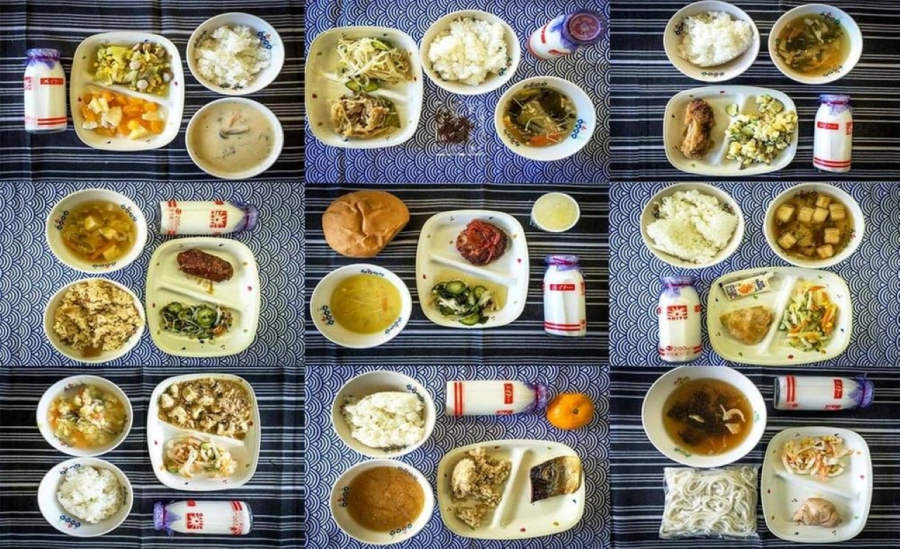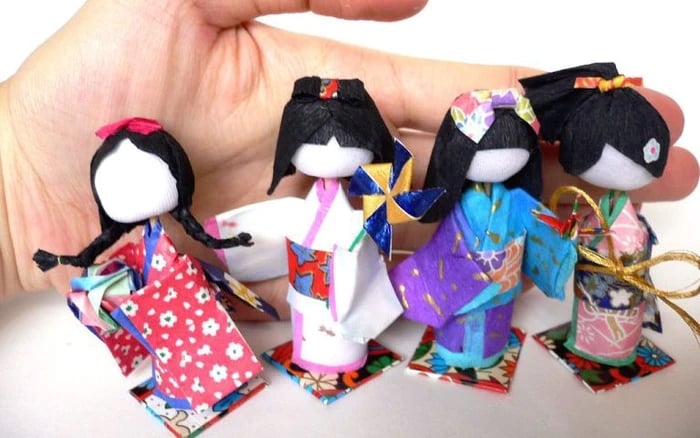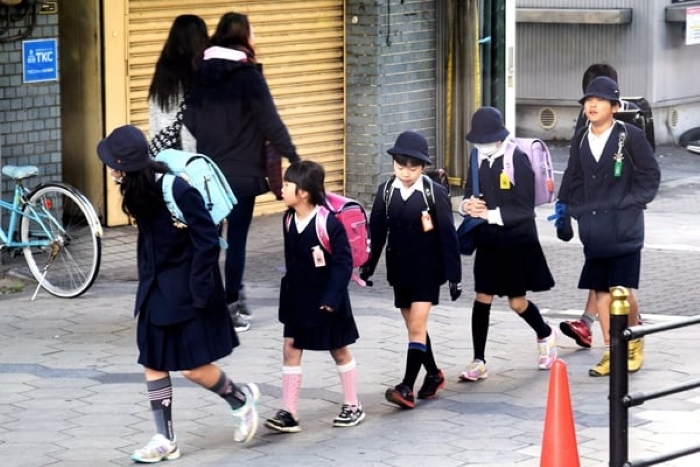1. No Exams for the First 3 Years of Schooling
The underlying reason why Japanese students are not required to take tests until after 4th grade is the Japanese emphasis on young children developing good manners and behavior.
The Japanese culture deems it more important to teach young students how to interact and behave appropriately than to assess their academic performance through exams.

No exams for the first 3 years of schooling. (Illustrative photo)
The underlying belief is that children’s characters should be allowed to develop. Therefore, it is considered best to avoid judgment of the students’ learning.
Developing respect for others is taught in the classroom. The students are expected to show respect for each other and, of course, for the teacher. The student-teacher relationship is paramount. Obviously, students who don’t want to disappoint their teacher will behave.
2. No Janitors—Students Clean the School
Japanese students are responsible for cleaning up after themselves. They clean their classrooms and restrooms. The purpose is to teach the students how to work as a team, share responsibilities, and develop a greater respect for taking care of things. Perhaps the lesson here is how the students’ care for their place of learning reflects how they care for others.

Students are responsible for cleaning the school. (Illustrative photo)
The students are divided into teams with assigned tasks. The teams rotate throughout the year so that all students experience all the tasks. When cleaning, the students work in small groups and are assigned rotating tasks throughout the year.
3. Students Eat the Same, Balanced Meals
Except for students with serious food allergies, Japanese students are served meals from a standard menu. This is not your average school lunch in the United States public schools, which has a reputation for poor nutritional value and being high in added sugars and trans fats.
The Japanese teach their children about healthy eating from the very beginning by emphasizing quality ingredients and realistic portion sizes. The menu is a collaboration between healthcare professionals and trained chefs. Also, the school lunches consist primarily of fresh, locally sourced ingredients.

Teachers eat lunch with their students, a practice that further reinforces the student-teacher bond. It is common for Japanese students to serve each other lunch as a way of sharing responsibility for the well-being of the class.
4. Public Schools Teach Traditional Arts
What is considered foundational knowledge to the Japanese public school system goes far beyond the basics defined by most U.S. public schools. Japanese students are taught traditional arts, such as Shodo (書道、Japanese calligraphy) and haiku, a form of formal poetry.

Japanese students are taught traditional arts.
Shodo involves writing kanji and kana characters with a bamboo brush pen using ink on rice paper. The art requires language proficiency and instills an appreciation for cultural heritage. The study of haiku serves a similar purpose in fostering an awareness of Japan’s cultural values and traditions.
5. Japanese Students Wear School Uniforms
From junior high school onwards, nearly all Japanese public schools require their students to wear school uniforms. Standards vary, but many uniforms share the following aspects: military-style, dark-colored gakuran for boys, and sailor服 fuku or dresses for girls. The uniforms are also modest in color, cut, and ornamentation.

Japanese students wear school uniforms.
As with all school-related standards, there is a point behind the uniform policy. The idea is that when students wear the same outfits, they feel a greater sense of community.
Additionally, any social stigma attached to outward appearance is removed, allowing students to focus on their studies. Some Japanese schools also have strict rules regarding accessories such as backpacks, as well as makeup and even hairstyles.
Japanese students are responsible for cleaning their classrooms and restrooms. This practice teaches them teamwork, shared responsibilities, and a greater respect for their environment. Students are divided into teams with assigned tasks, and these teams rotate throughout the year to ensure everyone gains experience in all areas.
Japanese school meals are carefully planned by healthcare professionals and trained chefs to ensure a balanced and nutritious menu. The meals are typically made with fresh, locally sourced ingredients and served to all students, except those with serious food allergies. Teachers often eat with their students, fostering a sense of community and responsibility for each other’s well-being.
Japanese public schools teach traditional arts such as Shodo (Japanese calligraphy) and haiku poetry. Shodo involves writing kanji and kana characters with a bamboo brush pen, instilling an appreciation for cultural heritage. Haiku, a formal style of poetry, also helps students develop an awareness of Japan’s cultural values and traditions.
Yes, nearly all Japanese public schools require students to wear uniforms from junior high school onwards. The uniforms typically have a military-style influence, with dark-colored gakuran for boys and sailor-style outfits or dresses for girls. The uniforms are designed to be modest and promote a sense of community, while also removing any social stigma attached to outward appearances.






























